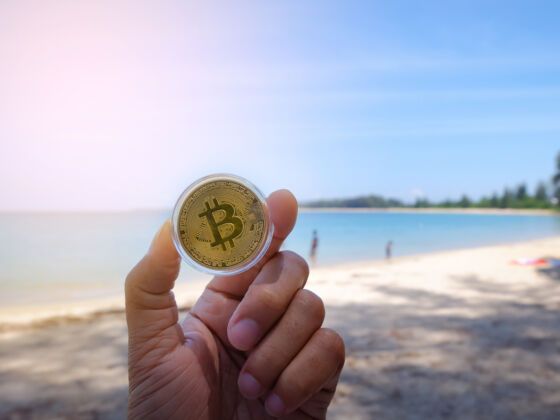A funny thing happened the other day. My Cairo taxi driver took one look at the bundle of raggedy notes I was trying to give him, and asked if I had some coins instead.
But mere months ago, he’d have done everything in his power not to take coins, even if that meant committing the sacrilege of breaking a large note. Coins weren’t considered “real money”, and people looked at you like you were offering them a handful of scrap metal. Now, the coins are everywhere, and accepted without question.
When I told my housemate this story, he laughed. “In Korea,” he said, “we use our mobile phones to pay for things like bus journeys.” They hold their phones up to a reader when they get on, and the money is either debited directly from their bank, or added to their next phone bill. Same goes for buying things in some shops.
Now, I’m no hick – I even had a credit card, once – but I had no idea such magic was possible. It got me thinking on what I know about money.
